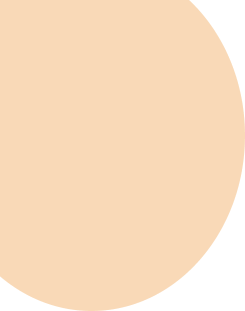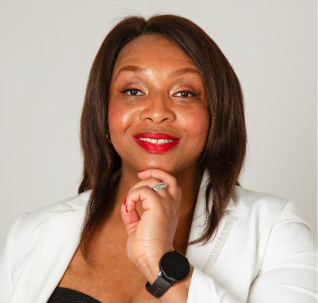With the support of UNESCO, within the International Programme for the Development of Communication (IPDC) framework, we were able to develop what we called the Risk Communication and Community Engagement Programme. The programme had three key elements: Six courses (which we dubbed #RCCE2020), each produced by six amazing trainers; research into the impact of COVID-19 on East African women journalists; and, Wikimedia training and editathon as part of our Visibility Project.
The objective was simple, through the six courses; we wanted to empower women journalists with a range of skills that would prepare them to report health emergencies. The research would provide much needed insights for industry, policymakers, CSOs and academia in creating enabling environments in future lockdowns. Finally, our Visibility Project contributed by identifying and profiling women in media. The target of 200 trainees felt right considering we were covering the East Africa region, in reality though, it was a mammoth task, and we ended up training over 300 across RCCE2020 and the Wikimedia training.
When we advertised the training opportunities, we had plans A, B and C ready for how to ensure enough people applied. Plan A gave us over 600 applicants for the RCCE2020 courses, and 198 on the Wikimedia training. A staggering number considering our initial target of 200, and our small team of three at the time. In selecting our final 200 trainees, we were careful to ensure not just geographical spread across East Africa, but also parity between city-based journalists and those in smaller communities, as well as across medium – radio, TV, online and so on!
All applicants submitted a brief pitch as part of their application, and the quality of the pitch was a selection criterion. The pitched stories were an important element of our pedagogical approach to the training; it gave the participants a focal point and practical way to apply what they were learning on the six courses. The selected 200 submitted a more detailed pitch as part of their place confirmation.
Selecting trainers with experience of practicing in an African country was also part of our pedagogical approach. We recognised from the start that expertise on the subject of the course was one thing, but contextualised expertise was our ultimate goal; it was important that our trainers understood the context in which the trainees work. The range of applicants we had for the six available roles was testament to the breadth of talent we have on the African continent.
Community of Practice
On 28 August 2020, we premiered the virtual graduation of all the trainees. We made sure to name each graduate. They worked hard and deserved the visibility. It was their moment, and it meant a lot to them. Some of the graduates had shared stories of gendered allocation of training opportunities in their places of work, for others, their lack of a certified training prior to our programme, had been a barrier to their progression. From the beginning, we shifted our communication primarily to WhatsApp, with weekly communications via email. We were keen to develop a Community of Practice of African women journalists committed to quality reporting of health emergencies. Sharing reflections, achievements and publications is encouraged on the group. We debate, encourage each other and share! Some of the stories of their lived experiences are simply harrowing. The RCCE2020 programme for our women, was not just another one of the many online courses that came out of the COVID–19 lockdown, for many it was a life line, many had been put on unpaid leave, others lost their jobs, and some had been stagnant in the same position for years, fast losing the passion. We also had graduates who were excelling, ranging from senior editors, to professors. The comradery was exemplary!
Congratulations to the RCCE2020 and Visibility Project Graduates. Watch the graduation video here
The project also aimed to support African women journalists in their work and commissioned research on capturing the lived experiences of East African women journalists during COVID-19, which can be found here.





